About This Lesson
In The Thirteen Colonies, students investigate how three regions of English colonies in North America—Southern, Middle, and New England—developed differently as a result of each region’s geography and climate, while learning about the different religions and beliefs of the colonists settling each area. Students explore differences in climate and agriculture, as well as the growth of important cities including Philadelphia, Boston, New York, and Charleston. Early lessons focus on Jamestown, labor by indentured servants, and a growing reliance on enslaved workers. Students learn how religious motives influenced the founding of the New England colonies by the Pilgrims and Puritans, while also exploring what life was like for children in a Puritan colony. In addition, students discover that the Middle Colonies were founded for financial and religious motives, and they focus on the Dutch in New York and the Quakers in Pennsylvania. The material incorporates a rich array of civics-focused knowledge, questions, and activities. In choosing the specific content to call to teachers' and students' attention, we have been guided by the civics test developed by the U.S. Citizenship and Immigration Services that is required for all immigrants wishing to become naturalized American citizens.
This unit includes a Student Reader, Timeline Image Cards, and Teacher Guide, providing Guided Reading Supports and the following Additional Activities: map skills exercises; a letter writing activity about the Jamestown colony; an exploration of Jamestown artifacts; domain vocabulary exercises; videos about the first Thanksgiving and historic farming; a colonial scavenger hunt; a nonfiction excerpt about life aboard a slave ship; a virtual field trip to Plymouth; a quilt designing activity; and a Unit Assessment.





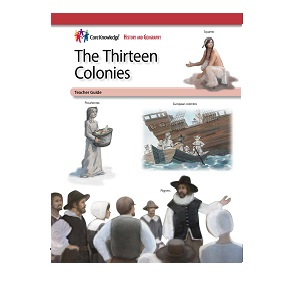


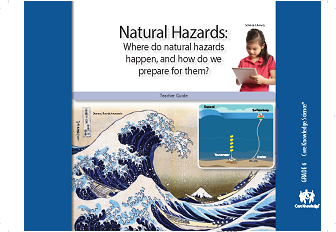
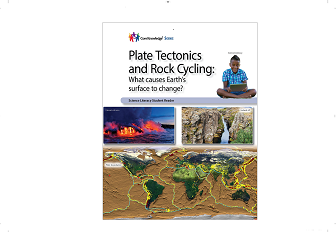
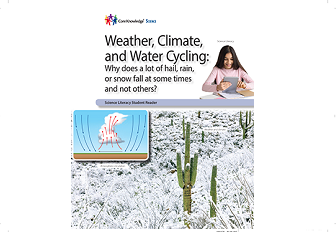

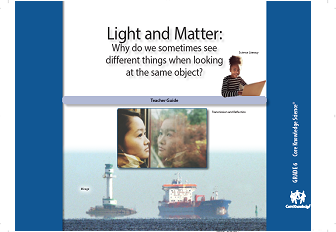

I don't understand why I have to add my name and email address again to get the free resources!